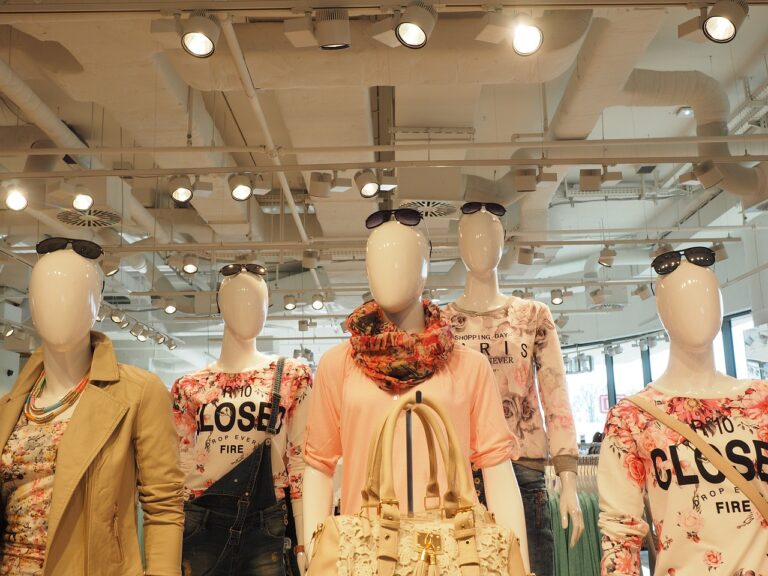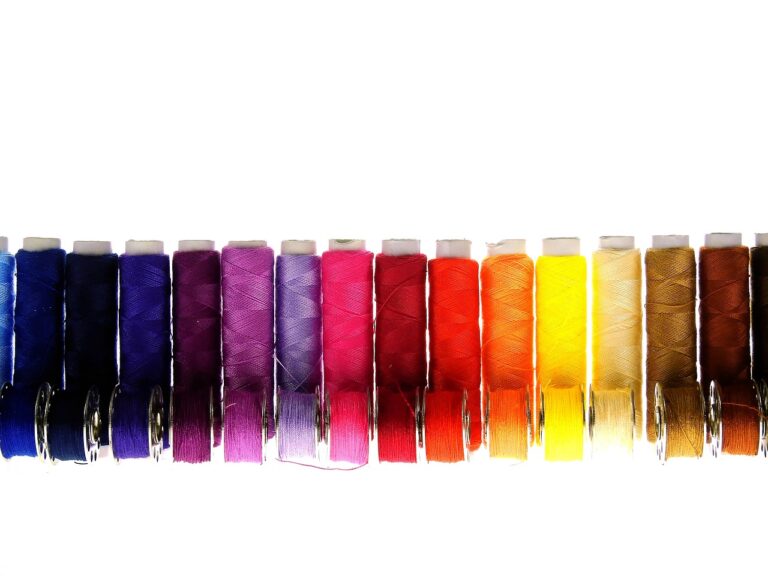Fashion and Technology: Blockchain for Supply Chain Transparency in Luxury Fashion
Ensuring transparency in the supply chain of luxury fashion brands has become a top priority in the industry. With consumers becoming increasingly mindful of where and how their goods are produced, brands are under growing pressure to be accountable for their sourcing practices. This shift in consumer behavior has led to a heightened emphasis on sustainability and ethicality in the fashion world.
The demand for supply chain transparency is not only driven by consumer preferences but also by regulatory bodies and advocacy groups. In an age where information is readily accessible, brands are expected to provide detailed disclosures about their supply chain processes to build trust with their customers. Failure to meet these expectations can result in reputational damage and financial repercussions for luxury fashion brands.
Challenges Faced by Luxury Fashion Brands in Ensuring Supply Chain Transparency
Ensuring transparency in the supply chain of luxury fashion brands is no easy feat. One of the primary challenges faced by these brands is the complexity of their global supply networks. With numerous suppliers, subcontractors, and manufacturers involved in the production process, tracking every step of the supply chain can be a daunting task.
Moreover, the lack of standardization and consistency in reporting practices across different regions and suppliers adds another layer of difficulty for luxury fashion brands. This inconsistency makes it challenging for brands to obtain accurate and reliable information about the origins and processes involved in the production of their products. As a result, ensuring full transparency and compliance with ethical standards throughout the supply chain becomes a significant challenge for luxury fashion brands.





